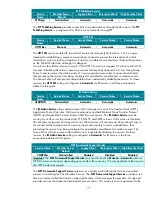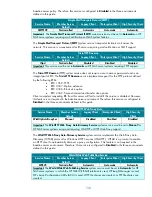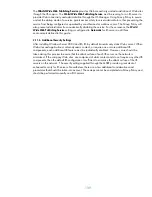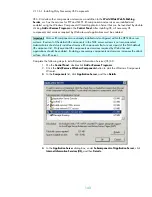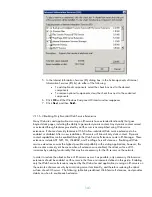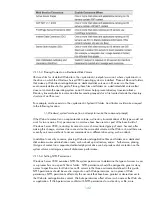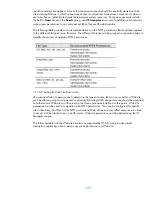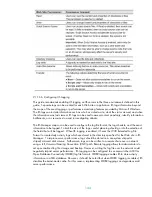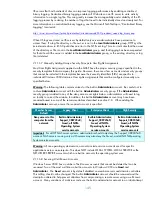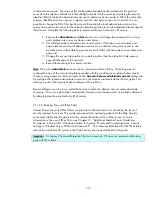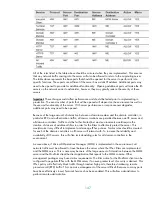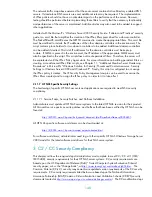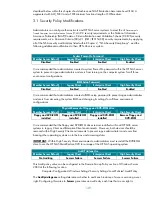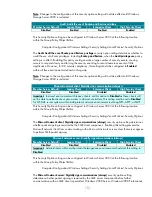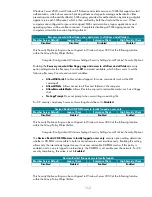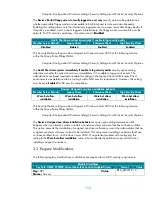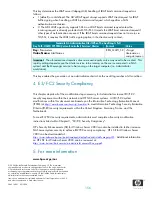
151
Note:
Changes to the configuration of this security option setting will not take effect until Windows
Storage Server 2003 is restarted.
Audit: Audit the use of Backup and Restore privilege
Member Server Default
Legacy Client
Enterprise Client
High Security Client
Disabled Enabled Enabled Enabled
This Security Option setting can be configured in Windows Server 2003 at the following location
within the Group Policy Object Editor:
Computer Configuration\Windows Settings\Security Settings\Local Policies\Security Options
The
Audit: Audit the use of Backup and Restore privilege
security option setting determines whether to
audit the use of all user privileges, including
Backup and Restore
, when the
Audit privilege use
policy
setting is in effect. Enabling this policy could generate a large number of security events, causing
servers to respond slowly and forcing the security event log to record numerous events of little
significance. However, for CC security compliancy, this setting should be configured to
Enabled
within all three environments defined in this guide.
Note:
Changes to the configuration of this security option setting will not take effect until Windows
Storage Server 2003 is restarted
Microsoft network client: Digitally sign communications (always)
Member Server Default
Legacy Client
Enterprise Client
High Security Client
Disabled Disabled Disabled Disabled
Important:
In mixed environments with legacy clients, set this option to
Disabled
as these clients will
not be able to authenticate or gain access to domain controllers. This setting must be set to
Disabled
for HP NAS server systems within multi-protocol network environments involving NFS, AFTP, or NCP.
This Security Option setting can be configured in Windows Server 2003 at the following location
within the Group Policy Object Editor:
Computer Configuration\Windows Settings\Security Settings\Local Policies\Security Options
The
Microsoft network client: Digitally sign communications (always)
security option setting determines
whether packet signing is required by the SMB client component. Enabling this setting prevents the
Microsoft network client from communicating with a Microsoft network server unless that server agrees
to perform SMB packet signing.
Microsoft network server: Digitally sign communications (always)
Member Server Default
Legacy Client
Enterprise Client
High Security Client
Disabled Disabled Disabled Disabled
Important:
Administrators within multi-protocol heterogeneous environments should set this setting to
Disabled.
This Security Option setting can be configured in Windows Server 2003 at the following location
within the Group Policy Object Editor:
Computer Configuration\Windows Settings\Security Settings\Local Policies\Security Options
The
Microsoft network server: Digitally sign communications (always)
security option setting
determines whether packet signing is required by the SMB server component before further
communication with an SMB client is permitted. Windows 2000 Server, Windows 2000 Professional,

